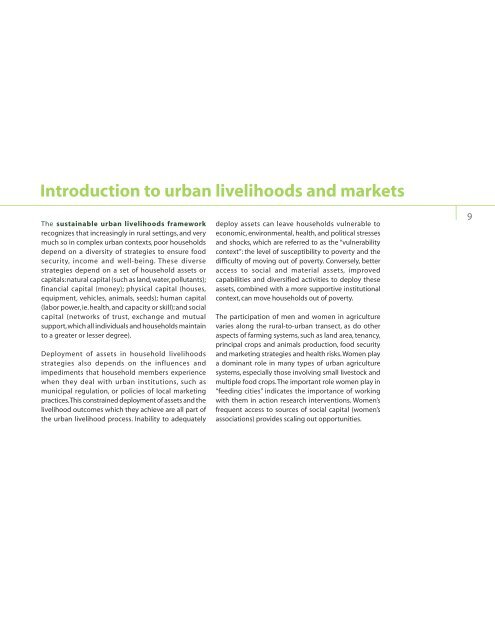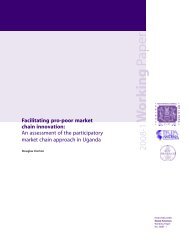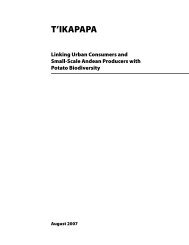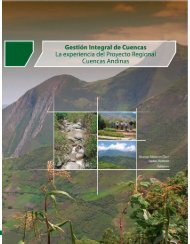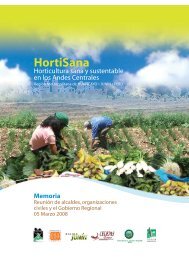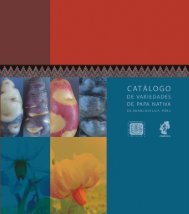Impacts of Urban Agriculture Annual Report.p65 - International ...
Impacts of Urban Agriculture Annual Report.p65 - International ...
Impacts of Urban Agriculture Annual Report.p65 - International ...
- No tags were found...
You also want an ePaper? Increase the reach of your titles
YUMPU automatically turns print PDFs into web optimized ePapers that Google loves.
Introduction to urban livelihoods and marketsThe sustainable urban livelihoods frameworkrecognizes that increasingly in rural settings, and verymuch so in complex urban contexts, poor householdsdepend on a diversity <strong>of</strong> strategies to ensure foodsecurity, income and well-being. These diversestrategies depend on a set <strong>of</strong> household assets orcapitals: natural capital (such as land, water, pollutants);financial capital (money); physical capital (houses,equipment, vehicles, animals, seeds); human capital(labor power, ie. health, and capacity or skill); and socialcapital (networks <strong>of</strong> trust, exchange and mutualsupport, which all individuals and households maintainto a greater or lesser degree).Deployment <strong>of</strong> assets in household livelihoodsstrategies also depends on the influences andimpediments that household members experiencewhen they deal with urban institutions, such asmunicipal regulation, or policies <strong>of</strong> local marketingpractices. This constrained deployment <strong>of</strong> assets and thelivelihood outcomes which they achieve are all part <strong>of</strong>the urban livelihood process. Inability to adequatelydeploy assets can leave households vulnerable toeconomic, environmental, health, and political stressesand shocks, which are referred to as the “vulnerabilitycontext”: the level <strong>of</strong> susceptibility to poverty and thedifficulty <strong>of</strong> moving out <strong>of</strong> poverty. Conversely, betteraccess to social and material assets, improvedcapabilities and diversified activities to deploy theseassets, combined with a more supportive institutionalcontext, can move households out <strong>of</strong> poverty.The participation <strong>of</strong> men and women in agriculturevaries along the rural-to-urban transect, as do otheraspects <strong>of</strong> farming systems, such as land area, tenancy,principal crops and animals production, food securityand marketing strategies and health risks. Women playa dominant role in many types <strong>of</strong> urban agriculturesystems, especially those involving small livestock andmultiple food crops. The important role women play in“feeding cities” indicates the importance <strong>of</strong> workingwith them in action research interventions. Women’sfrequent access to sources <strong>of</strong> social capital (women’sassociations) provides scaling out opportunities.9


